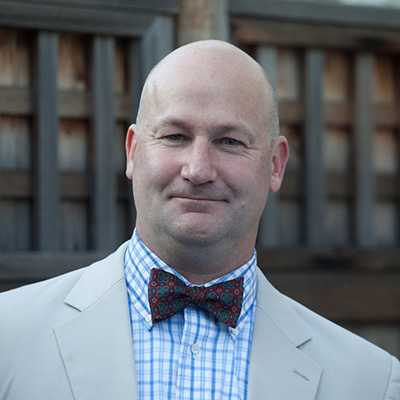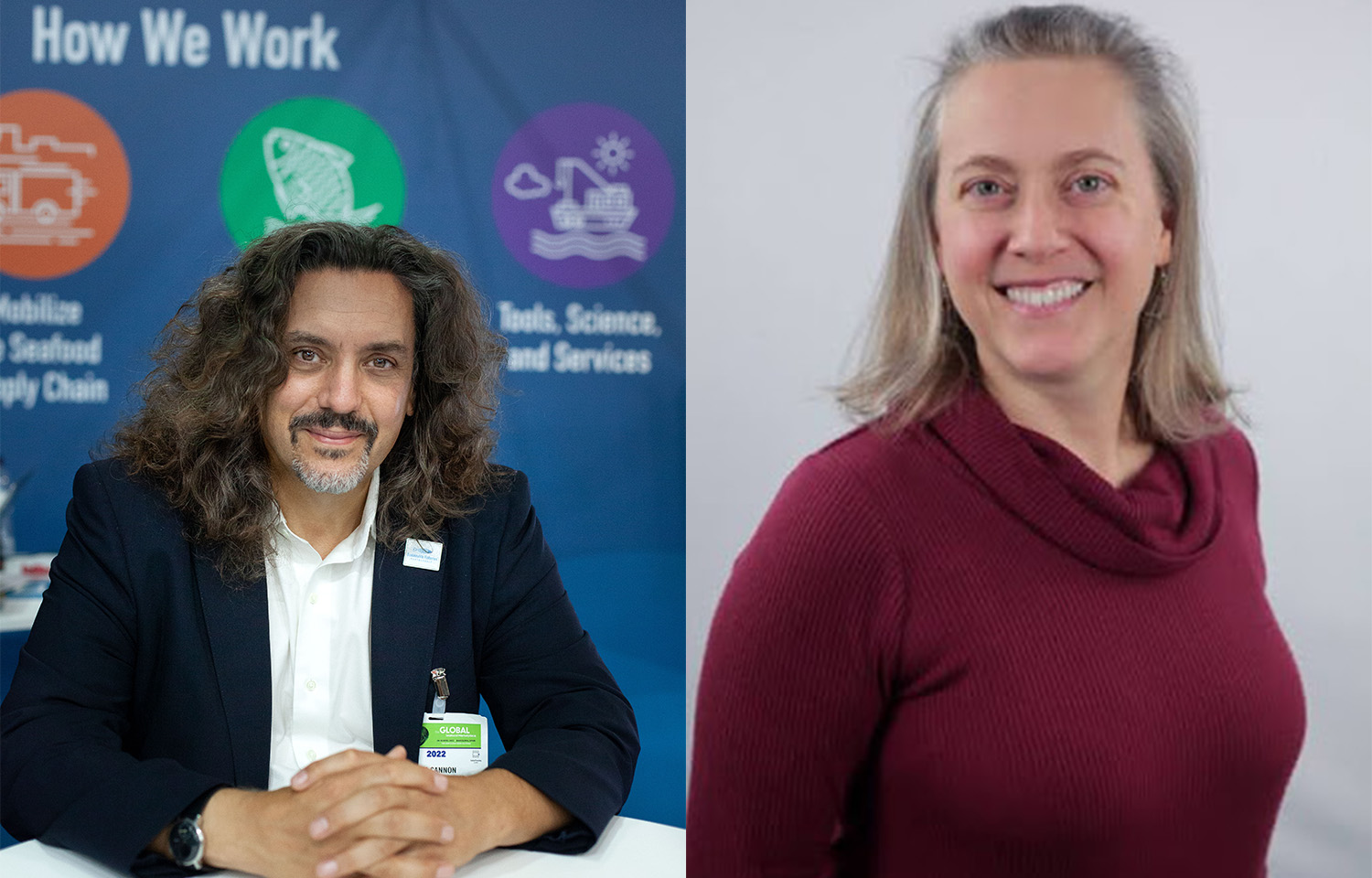The Sustainable Fisheries Partnership (SFP), a marine conservation organization working to leverage the power of seafood buyers and retailers in every part of the seafood supply chain, recently released a sector-by-sector status update that shows there has been a general upward trend in seafood production stemming from sustainable sources, or at least sources that are improving their sustainability. However, according to SFP, some sectors and regions that produce seafood still face challenges hindering sustainability.
The status update was part of SFP’s Target 75 (T75) initiative and highlights progress toward the goals of the T75 initiative, which aims to ensure that 75 percent of seafood production is sustainable or making regular, verifiable improvements. This year’s report reveals substantial increases in sustainable and/or improving production in sectors such as tuna, squid, and salmon.
SeafoodSource spoke with SFP CEO and Founder Jim Cannon and SFP Director of Supply Chain Roundtables Megan Westmeyer about the approach and progress made in different sectors.
SeafoodSource: Why did SFP think it was important to take an all-encompassing approach to seafood sustainability through T75?
Cannon: SFP wanted to consolidate our efforts to create large-scale change and momentum needed to achieve the goal of 100 percent sustainable seafood. We wanted to establish a global vision to promote greater alignment and shared goals in the sustainable seafood movement. This led to the creation and launch of T75. We divided up the global seafood industry into a series of sectors and sub-sectors, defined largely by species.
T75 aims to ensure that 75 percent of seafood by volume in 13 key sectors is either sustainable or making regular, verifiable improvements. Together, the T75 sectors cover most of the main types of seafood consumed in North America and Europe and a significant portion of what is consumed in Japan.
T75 began as an SFP-led initiative but has become a framework that guides dialogues, policies, commitments, and progress throughout the sustainable seafood movement.
T75 also continues to evolve to address growing sustainability objectives. At first, we focused on greatly expanding the number of large-scale, collaborative, industry-led fishery improvement projects [FIPs] because we knew these attributes were critical to improving fisheries. Now, there is a greater emphasis on the quality of FIPs, in addition to quantity, with a focus on ensuring that they address key challenges such as illegal, unregulated, and unreported [IUU] fishing; effective co-management in small-scale fisheries; and reducing bycatch of ocean wildlife.
SeafoodSource: What are some big picture takeaways the industry can glean from this year’s T75 status update?
Cannon: This year’s report reveals substantial increases in sustainable and/or improving production in sectors such as tuna, squid, and salmon. However, the report notes that some sectors, such as shrimp and octopus, continue to face challenges in reaching the 75 percent target, possibly due to limited market leverage and industry interest.
One of the big takeaways is that retailers and importers need to stay engaged and monitor closely what work is going on in the fisheries they are sourcing from. Fisheries run into new challenges and have new problems, and being interested in improving a fishery is not a short-term solution. If retailers are not actively involved, there are serious risks that fisheries will not respond to appropriately.
Another takeaway is that there is a shift occurring in the competitive advantage of different business models in favor of suppliers who are more able to control risk in their supply chains. This shift is not just about price and quality, but also, the ability to hit sustainability targets is increasingly important. Suppliers who have made deeper investments into raw material supply have good relationships with fishers, farmers, and processors.
SeafoodSource: What are some barriers to adopting responsible and sustainable practices in seafood?
Cannon: Barriers to greater uptake of responsible and sustainable practices in seafood include significant deficiencies in effective management and data collection in regions such as Asia and Africa, which hinder the implementation of broad-scale sustainability standards.
I’d like to see retailers and restaurant chains differentiate and suppliers who are invested in SFP’s Supply Chain Roundtables and investing funding to make sure they are improving and making progress. If retailers were to source from suppliers who are active on roundtables and invest time, effort, and money to launch improvement projects, that would help us grow.
SeafoodSource: What are some sector or species highlights in the most recent update?
Westmeyer: Squid has shown some of the most significant progress. It started off at essentially 0 percent in 2017, and now, 26 percent of global squid production registers as sustainable or improving. SFP has been highly involved in this sector, engaging fishers and processors from producing countries in long-term, public-private alliances along with management authorities to address the risks of IUU fishing in squid fishery global supply chains.
Snapper/grouper is another sector to note because, while the percentage improving is still very low and has not shifted a great deal from the baseline, the improvements that have occurred in Indonesia are laying the groundwork for further expansion in the country – by far the world’s biggest producer of snapper and grouper – and will also serve as a case study to demonstrate how improvements can be made in geographically dispersed and small-scale fisheries in developing countries.
The seafood industry and NGO community have covered fisheries and aquaculture production in developed countries where decent management and scientific frameworks already exist. The fisheries left to be addressed are going to be far more challenging, and Indonesia snapper/grouper presents a prime example.
SeafoodSource: What are you learning from your supplier roundtables about how the industry is adopting sustainable practices and what is motivating them?
Westmeyer: Industry is truly realizing and internalizing its role in seafood sustainability, seeing it can make a difference and that it must own these problems and work to address them, rather than wait for someone else to do it.
We are also seeing progress in some sectors that have less retail leverage, such as squid, octopus, and snapper/grouper; many of the members of these roundtables have joined not because their buyer told them to but because they recognize the value in collaborating with their competitors on sustainability work to ensure a more stable, long-term supply of product. We still need far more participation and engagement from other importers and distributors in these sectors, but we are heading in the right direction.
Cannon: In every sector, some suppliers are on the cutting edge, and early adopters continue to innovate and do new things. Also in every sector, there is the main body of the industry. Around 15 to 20 years ago, these companies weren’t doing much; they adopted FIPs but viewed it as a short-term model to certification, rather than a long-term investment that is core to their business.
One of the things that is changing is regulations in major markets. These standards set a minimum floor that causes late adopters of a sector to raise their game. Those regulations will continue to increase over time. At the moment, the main impact is made through bringing late adopters up to speed, rather than driving more improvements for the main group of suppliers.








